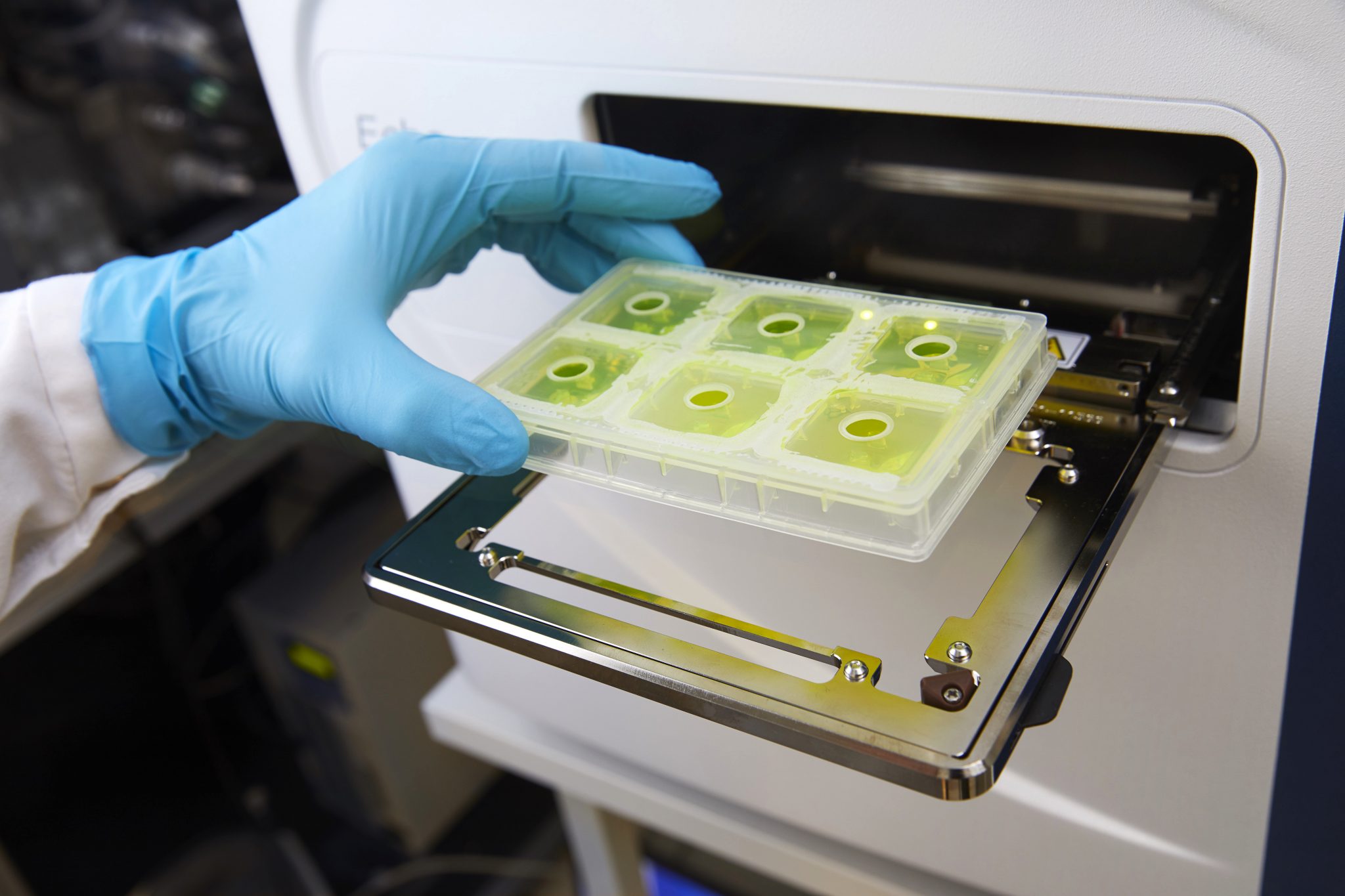Killing two birds with one stone: dual target compounds possible treatment of Parkinson’s disease
A recent study led by Jens Carlsson (Uppsala University/SciLifeLab) has identified two candidate drug compounds for treatment of Parkinson’s disease. Each of the compounds act on two different molecular targets, an approach that can achieve greater efficacy compared to single-target therapies.
Parkinson’s disease is a long-term degenerative disorder of the central nervous system that lead to symptoms like shaking, rigidity, slowness of movement, and difficulty with walking. Like many other diseases, Parkinson’s affect multiple molecules, meaning that treatment often requires modulating several targets.
Through structure-based virtual screening, using 3D models of the molecules to predict molecular interactions, the current identifies potential therapeutic compounds that simultaneously target and suppress two unrelated molecules associated with Parkinson’s disease — A2A adenosine receptor (A2AAR) and monoamine oxidase B enzyme (MAO-B).
The two discovered compounds provide good starting points for development of dual-target leads that could be evaluated in vivo for antiparkinson activity. Therapies based on affecting several biological targets is generally of greater efficacy compared to single-target therapies, and more likely to avoid the side effects associated with a combination therapy.




